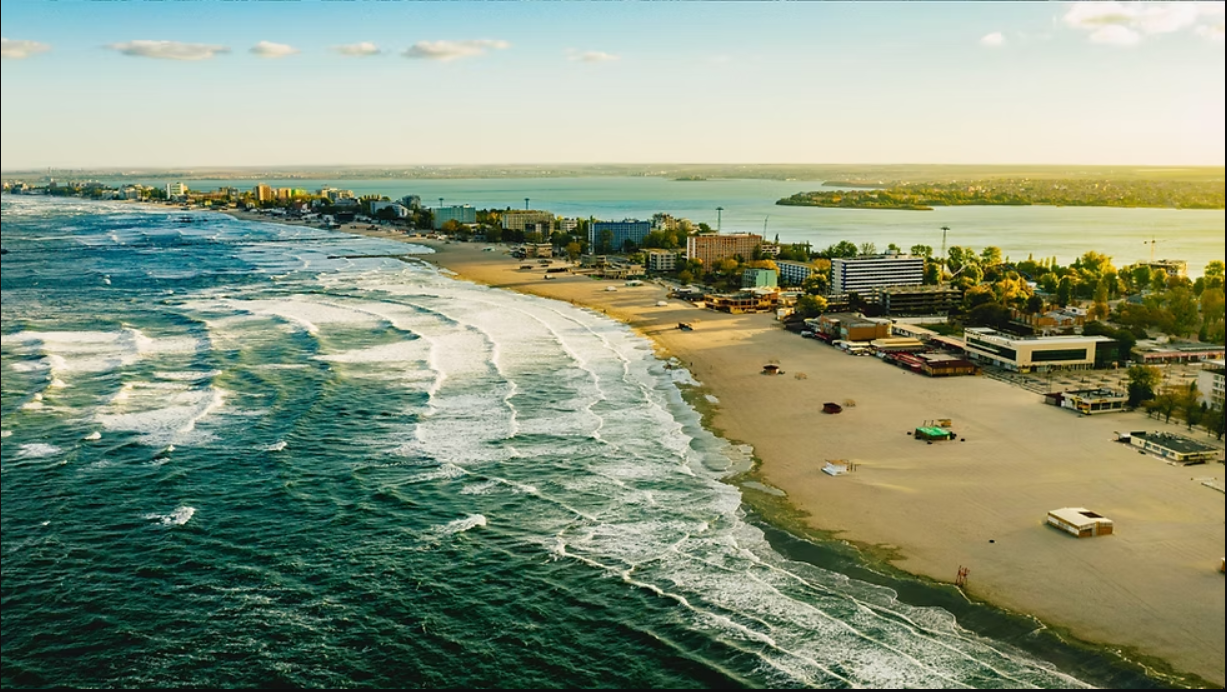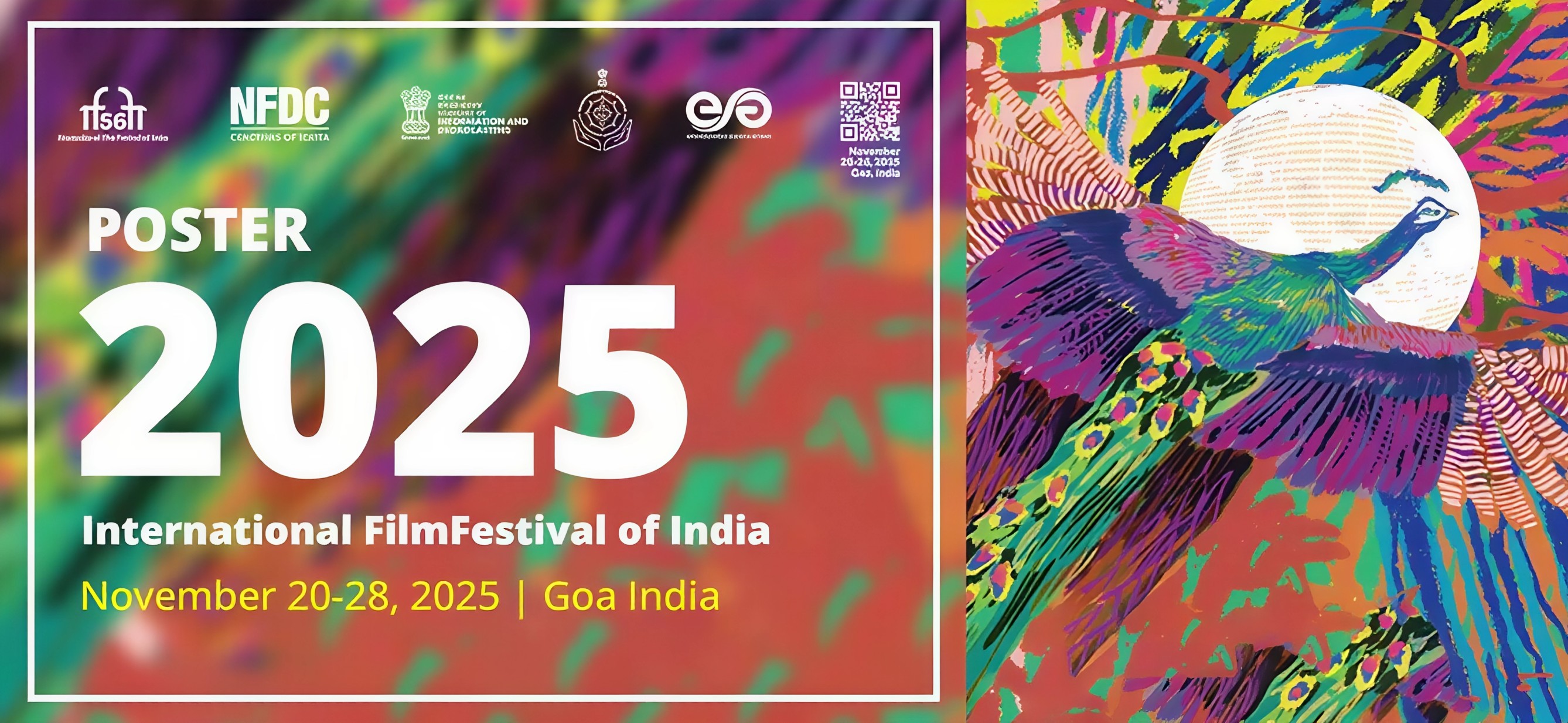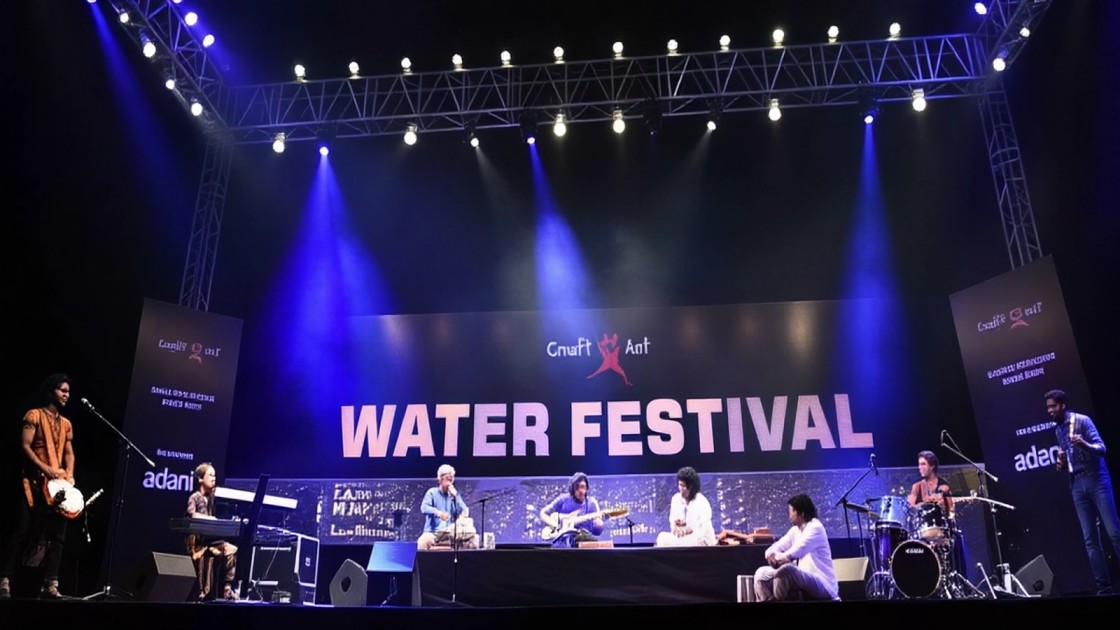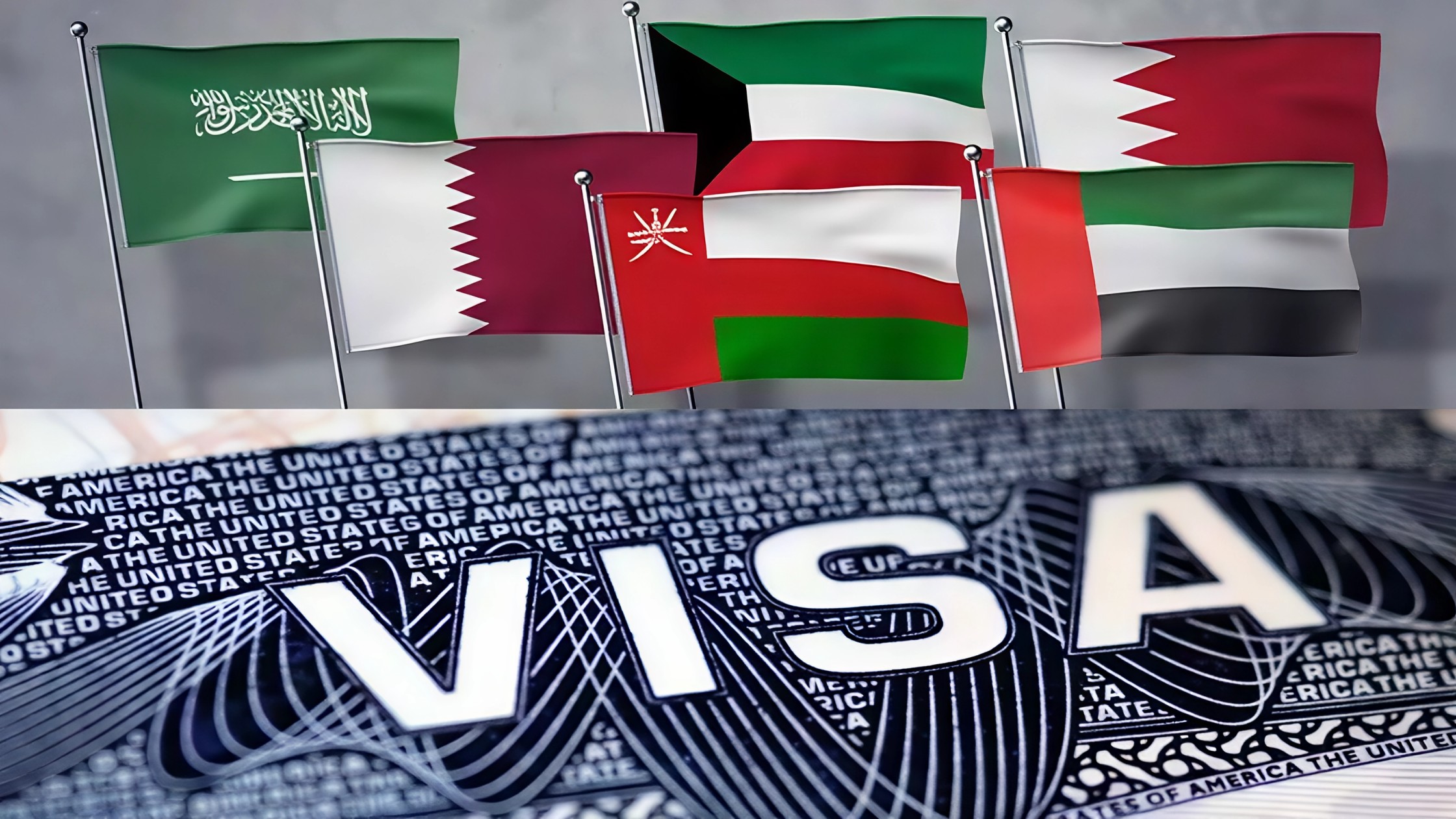Once filled with tourists soaking up the sun on the shores of the Black Sea, Mamaia is now experiencing an unexpected silence. Hundreds of sunbeds remain untouched. Hotels that once operated at full capacity during summer now struggle to fill rooms for even a couple of days. A place once known for long vacation stays has been reduced to last-minute weekend bookings. The drastic shift is not just a seasonal hiccup but a reflection of deeper economic realities and policy changes that have shaken Romania’s local tourism sector.
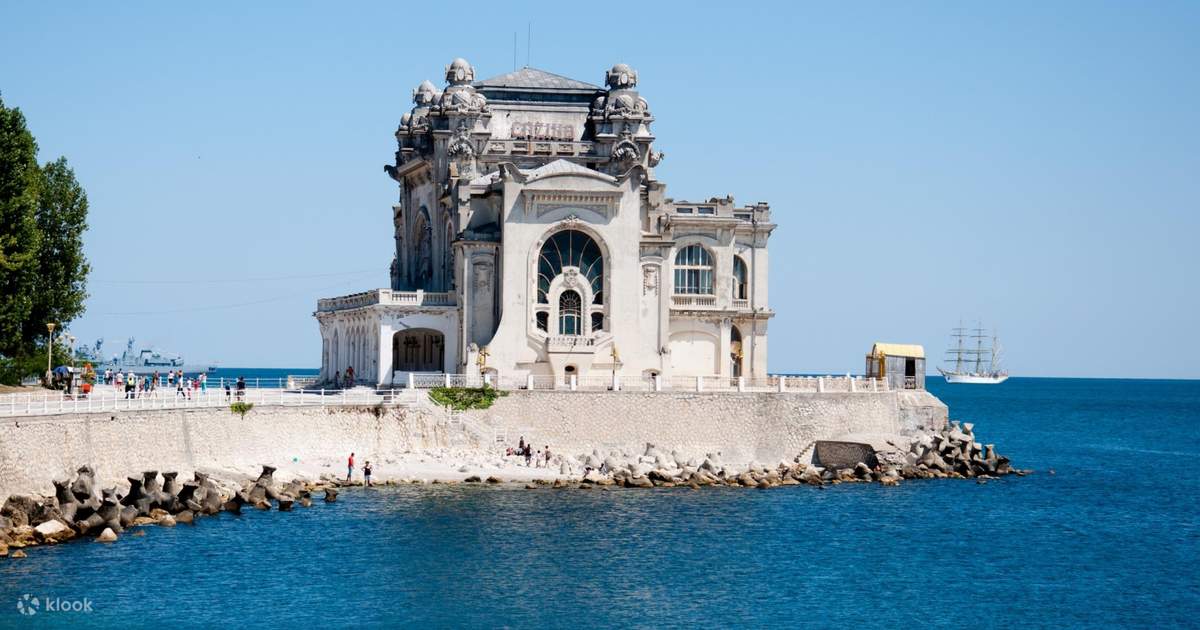
One of the major factors behind this tourism decline is the changing financial landscape for Romanian citizens. According to recent Eurostat data, only 26.6 percent of Romanians could afford a one-week holiday in the past year. This is one of the lowest percentages in Europe, second only to Bulgaria. In stark contrast, nearly 85 percent of people in countries like Sweden, Luxembourg, and the Netherlands can afford an annual vacation. This widening affordability gap is visible in the deserted walkways and empty beaches of Mamaia, once considered the crown jewel of Romania’s seaside tourism.
The situation has been worsened by a significant cut in the country’s holiday voucher scheme. These vouchers were designed to support domestic tourism by subsidizing costs like accommodation, food, and entertainment. But this year, the scheme has seen a major cut of nearly 50 percent. In May 2024, vouchers worth around 95 million euros were sold. This year, that figure plummeted to just 9 million euros. These vouchers were crucial for sustaining two and three-star hotels that catered to local tourists who relied on these subsidies to enjoy a summer break.

As a result, hoteliers are feeling the pinch. Many properties are only able to book short stays of two to three days instead of the week-long vacations they used to host. A standard room with breakfast in July now costs between 350 and 400 Leu. All-inclusive packages range from 700 to 850 Leu per night. While these prices include food, drinks, and sunbeds, tourists are still finding them too steep. Visitors have pointed out that everything from water to beer has become significantly more expensive, forcing them to cut back on spending or shorten their stays.
Some hoteliers say their earnings have dropped by up to 35 percent compared to the same period last year. Last-minute bookings and weekend getaways have become the norm, replacing the full-week reservations that once kept the tourism economy running smoothly. The conflict in Ukraine and global inflation have also contributed to the hesitancy around travel, but the core issue seems to lie in domestic affordability.
With fewer incentives, higher prices, and reduced spending power, the magic of Mamaia seems to be fading. Unless tourism policies change or the economy improves for the average Romanian, the silence on the shores may stretch longer than just one summer.
For more travel news, updates, and global destination insights, follow Travel Moves on Instagram and Facebook.

